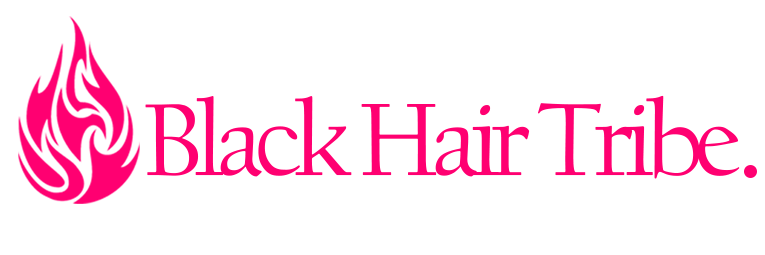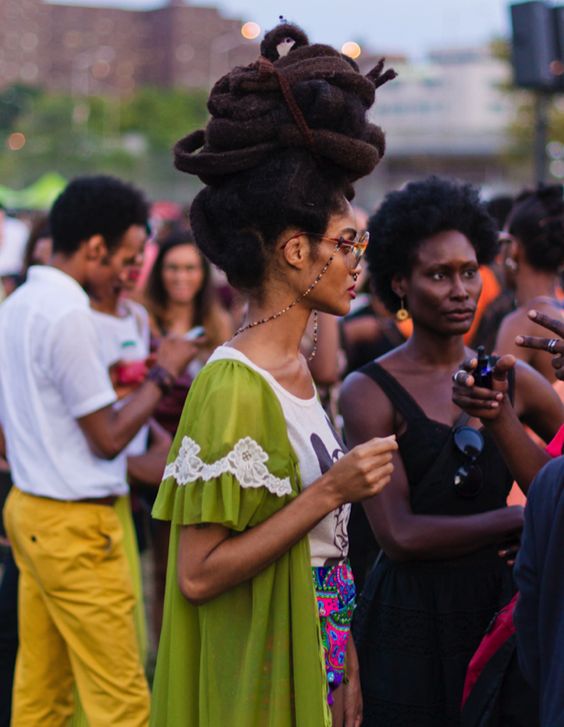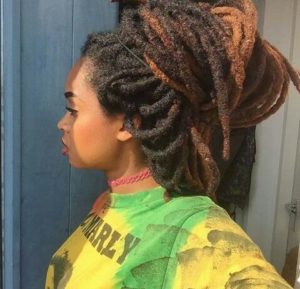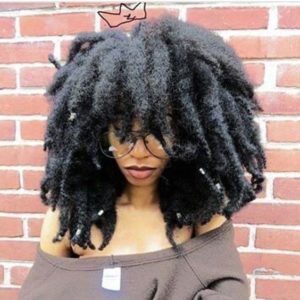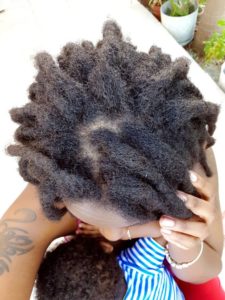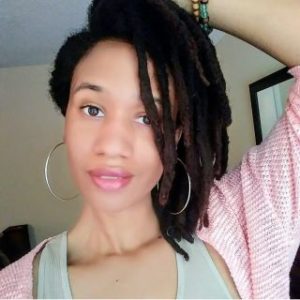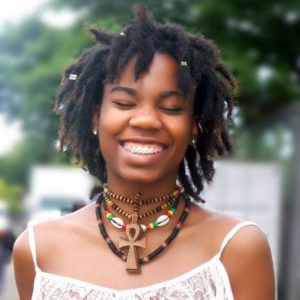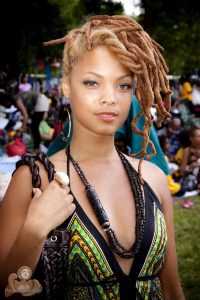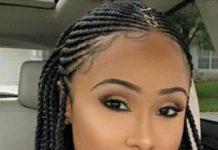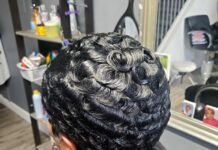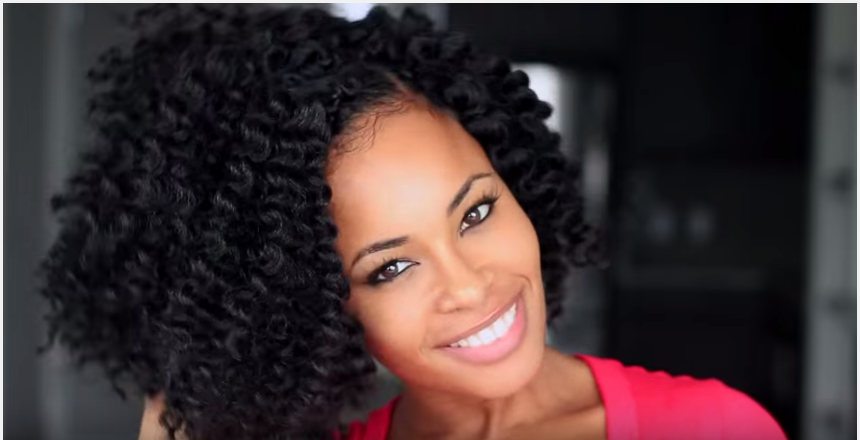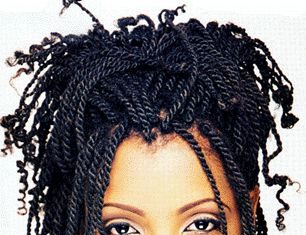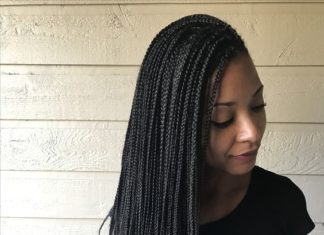Free Formed Dreads
For all of our beautiful loc heads out there, this article is for you all. Even if you aren’t a dread head or have ever thought about becoming one or just curious, you will learn something new after reading this article because we sure have. Freeform locs, also known as freedom, free formed dreads or natural locs, are locs that have formed naturally and grow freely. To get these you don’t have to do anything but wash your hair. Yeah, we said it that means your clean dry hair will dread itself. Sounds simple right? It pretty much is, but as always there’s a little more to it.
1Freeform Dreadlocks Process – Part #1
The best part of freeform
2Freeform Dreadlocks Process – Part #2
The most common maintenance technique is to separate the hair as it begins to mat, this can create the individual dreadlock itself. This would be the best way to control the size and quantity, which means leaving the hair alone until it starts to knot, then pull, rip or pop the knot into individual
3Freeform locks Process #2
The initial start to the matting process starts in the back of the head, where we get the most friction. You may also try a tam, a kind of hat, that helps increase friction and it also does it a little more evenly, so not just the back or sides of your head will start matting first but the entire head. When starting the process of free formed dreads (and this isn’t just for free forming
4Freeform Locs – The Perks
There are always perks to having freeform locs, besides being admired by everyone. Your locs will have a very distinctive look to them, separating them from the rest of the different variation of locs. Let’s not forget to mention you can start free forming your hair at any stage, whether you’re a loose natural or have had locs for a while. You will also have a little more free time on your hands, with little to no maintenance. And let’s not forget, the money you can save… like really though, you don’t have to stand in the hair care aisle for 20-30 minutes browsing, reading labels, and contemplating, just grab an oil and a residue free shampoo and your good to go. You will also save money by eliminating the frequent trips to the salon for re-twist appointments. We mean you should still go occasionally, but that is totally up to you. When it comes to your wash day, you don’t have to worry about detangling, like wash day isn’t a headache already on it’s on, at least that’s one step you don’t have to worry about. If you’re a confident, free-spirited person, who wish for their hair to represent that, then free formed dreads is your way to go. Your locs are considered the most respected among dread heads, due to their spiritual connotations.
5Freeform Locs – The Downsides
As with any style, freeform locs are no stranger to downsides. Your biggest one will be that it will take your hair much longer to actually look like dreads, and also give you a less groomed look. But if that’s your thing we are totally here for it. You will also, have less control of the size and quantity, and with that being said it can make maintenance difficult later down the line with the irregular sections if you start down this journey. Frizz will also become your enemy if it isn’t already is, but for those individuals who don’t mind then don’t mind us.
6Semi Freeform Locs
We are not going to lie, but when we first heard the term semi-freeform
7How To Freeform Dreads
We basically covered how to freeform your hair for some unbelievably beautiful locs, and it’s pretty straight forward. Semi-freeforming on the other hand is a little different, well not that much but there are a few things. And of course, you may either start your locs using the freeformed dreads technique or not, that decision is solely up to you, as with anything you do with your hair. But to generally cover how to start locs using the semi-freeforming method, you may start off with two strand twist, bantu knots, getting your roots twisted (and maintain them until a certain length) or plaits. Taking this route in the beginning of your loc stages can help determine the pattern of growth for your hair, the potential thickness of the locs, etc. The basic wash for locs will be applied to you as well, so be sure you have everything you need or at least know of the materials you may need.
8Freeform locs – More Tips on Free Form Dreads
To start out with this method you don’t necessarily have to keep up with the re-twisting maintenance, you can go however long you choose before you decide to tackle your roots. Factoring in the length of your hair when you initially decide to start may also help. We have spoken to people who have shaved their head completely, on their journey and they stated they started
